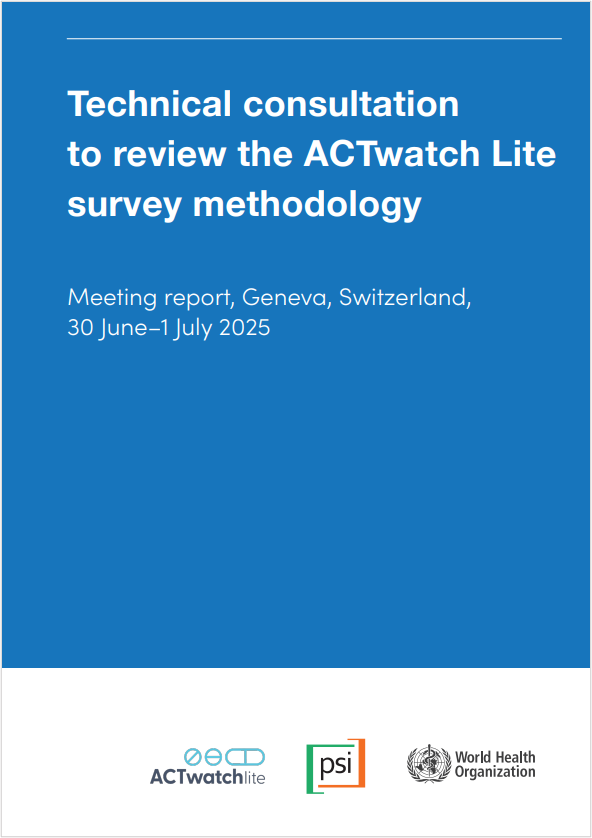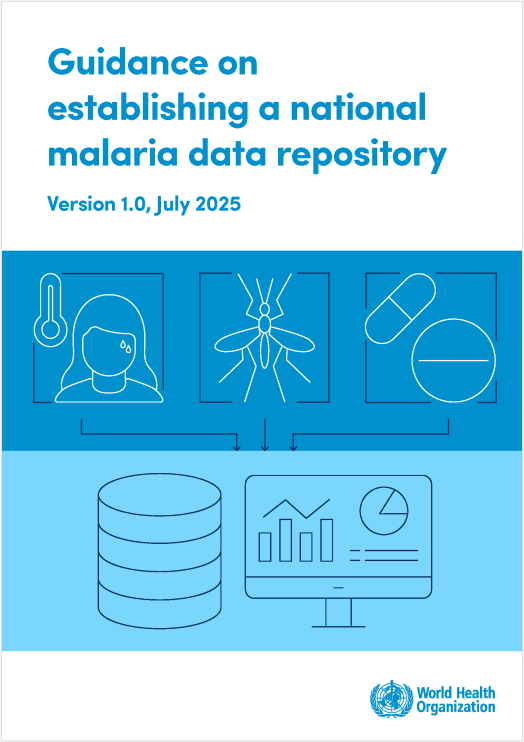Last Updated: 31/01/2025
Understanding potential candidates for malarial transmission-blocking vaccines
Objectives
This project aims to see what candidates for transmission-blocking vaccines look like, using X-ray crystallography and cryo-EM. Together with biochemical and biophysical methods, it will enable the investigation of their interactions with monoclonal antibodies and understand how these proteins regulate the fertility of the parasites.
Malaria is a deadly infectious disease caused by a parasite called Plasmodium. It has a complex life cycle that involves sexual and asexual stages and can live in both the human host and the mosquito vector. It is challenging to search for effective malarial vaccines as the Plasmodium surface proteins can adapt rapidly and hide from the host’s immune system. Hence, an effective vaccine will require multiple antigens that present on the surface of the parasites at different stages. Transmission-blocking vaccines aim to reduce the infectivity of parasites and prevent the spreading of the disease. The potential candidates for transmission-blocking vaccines are proteins located on the surface of Plasmodium gametocytes, the specialised sexual cells that can be transmitted from human host to the mosquito. These studies will provide structural information for developing transmission-blocking vaccines.
Oct 2021 — Sep 2024


